SCIENTISTS STUMBLE UPON A MUD-LIKE OBJECT WHILE CONDUCTING A RESEARCH INSIDE THE CANADIAN LAGOON!
Stanley Park of Vancouver hit the headlines for a strange reason. It happened in 2017 when a group of scientists took to the park in order to research. While researching, the group had no idea that they were going to make an astonishing discovery. Important enough to cause a ripple in the world. What was the discovery?
Research

The summer of 2017 was quite exciting for the naturalist as they stumbled upon something very strange during a routine research. That day, the sun was blazing high resulting into high temperature. The park did not have much visitors as the research work was going to take place there.
Stanley Park

Stanley Park sprawls over 1.5 square miles and surrounds the busy area of Vancouver. It is a park widely known for its natural scenic beauty and people flock here to spend some quality time. The park has sustained its beauty with time and continues to do so. However, it did undergo some changes that affected the nature of its fauna big time.
The Lagoon
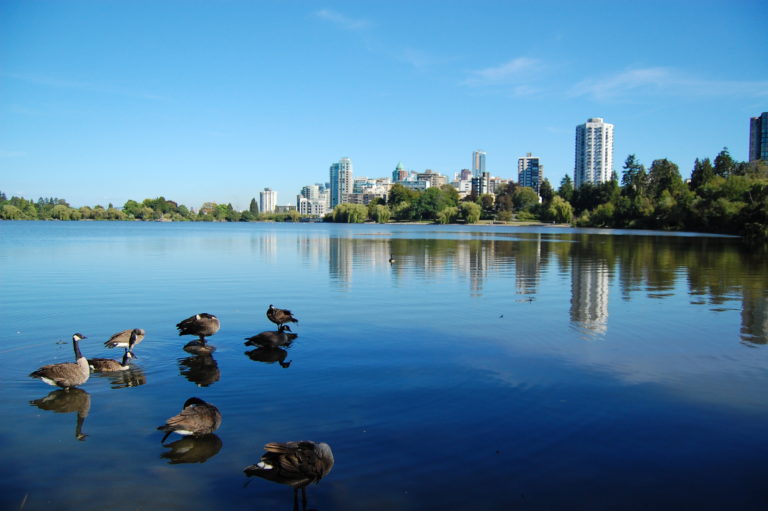
As mentioned above, Stanley Park has a long history. Whereas many areas of the park have been built recently, there are some that were built a couple of centuries ago. Some of the trees situated there are taller than 250 feet. This is true that the major portion of the credit for park’s beauty goes to nature, this is also a fact that some part of it is man-made. For instance, the park has a part named Lost Lagoon which is artificial.
Lost Lagoon
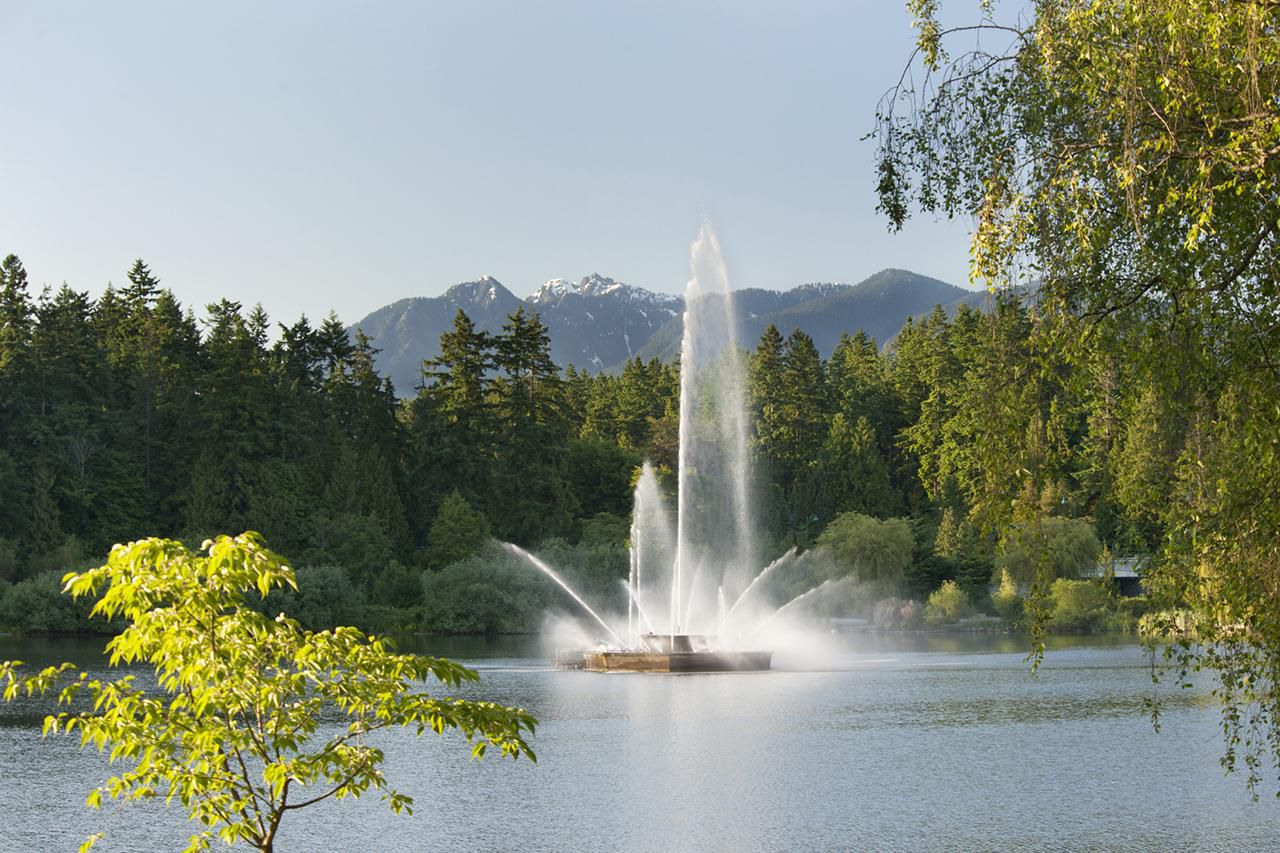
The lagoon was built in 1916 by Thomas Mawson, a British architect. There is a reason why is it called “Lost Lagoon.” It is called so because of the low tide that results into lake’s disappearance of the lake from time to time. In order to avoid that kind of situation, the authorities designed a causeway parallel to the lake.
Bird Sanctuary
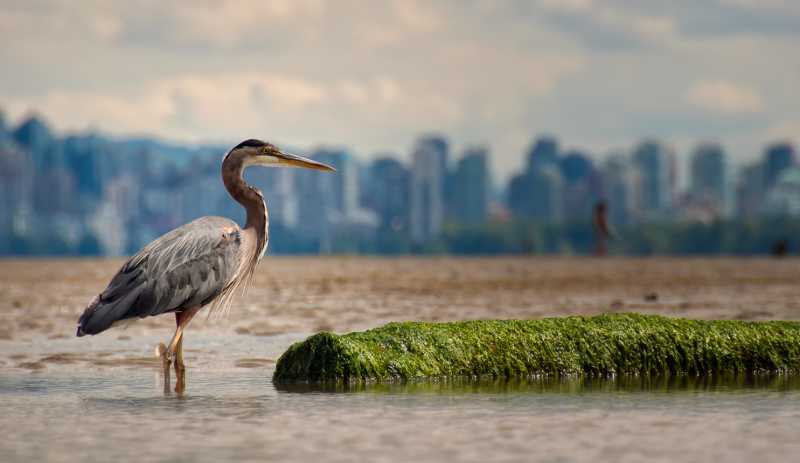
At that time, in 1950s tourists were permitted to enter the area but soon the area got closed for them in the latter half of ’70s as the park became a bird sanctuary thereafter. However, the area was not that famous as it became after the discovery.
Began In 1995
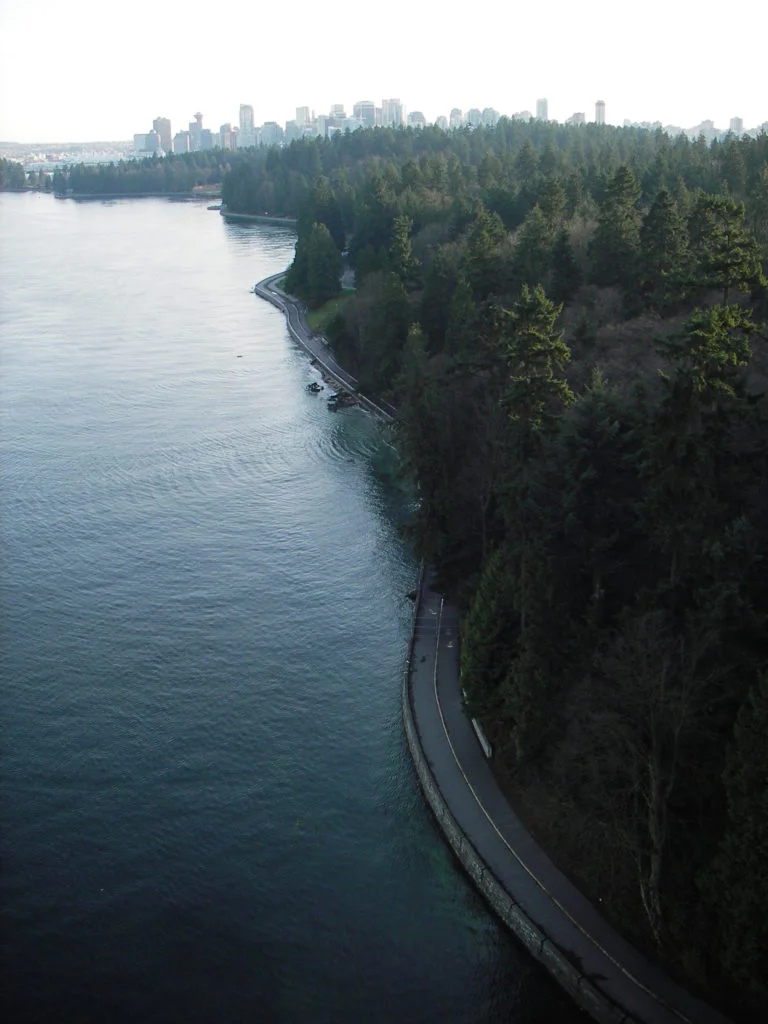
The Stanley Park Ecology Society came into existence in 1995. It was then the naturalists got the opportunity to explore the lagoon and park. No doubt the team was excited about finding out more about the place that remained a mystery for people for ages. However, little did the team know they were going to stumble upon something very strange.
Bio-Blitz
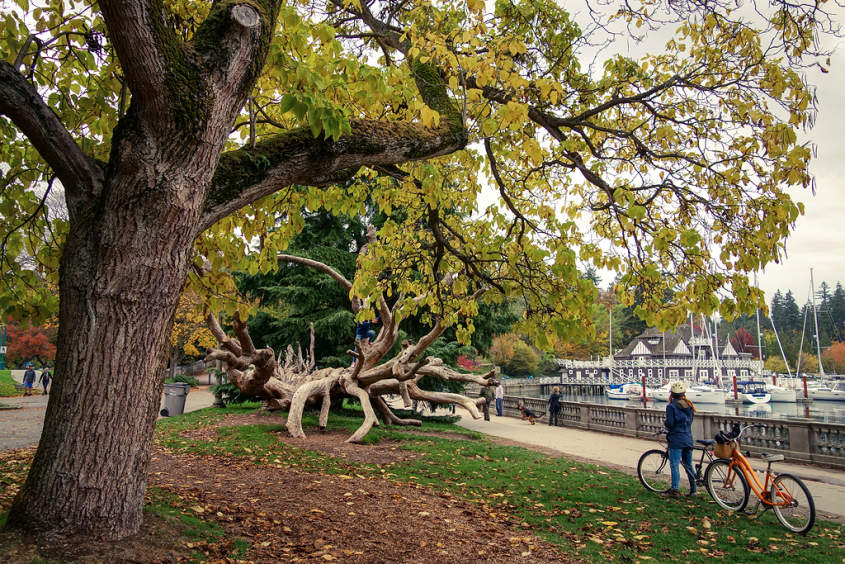
The ecological society held a bio-blitz in the sanctuary. In Bioblitz, a group of scientists holds an intense biological study that runs for a very short span of time. Nowadays, this type of research is very much in trend and is quite easy as well in order to make people aware of the biodiversity prevailing in Stanley Park.
Something Strange
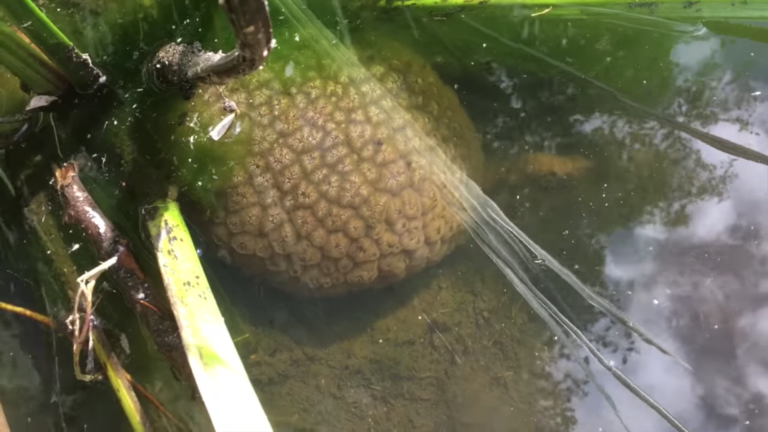
The team finally descended into the shallow water of the lagoon. The water seemed clear. However, they continued searching into the water. And it was then they reached the marshy areas of the lake. There was something very strange lurking behind the bushes.
Had To Double Take
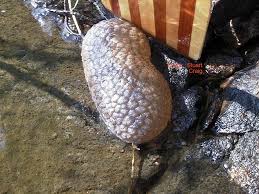
Some of the participants got surprised when their eyes caught a sight of a strange blob hiding behind the marsh regions of the lake. At first, they could not understand what is it. In the lack of any knowledge, they thought of it as a ball of mud. But it was something very different.
Kooky

Stanley Park Ecology Society’s spokesperson called the creature, “three-day-old Jello.” It was tight and gelatinous both at the same time. Not only that, but the living thing also looked like a chunk of goo. It looked very weird.
Natural Habitat
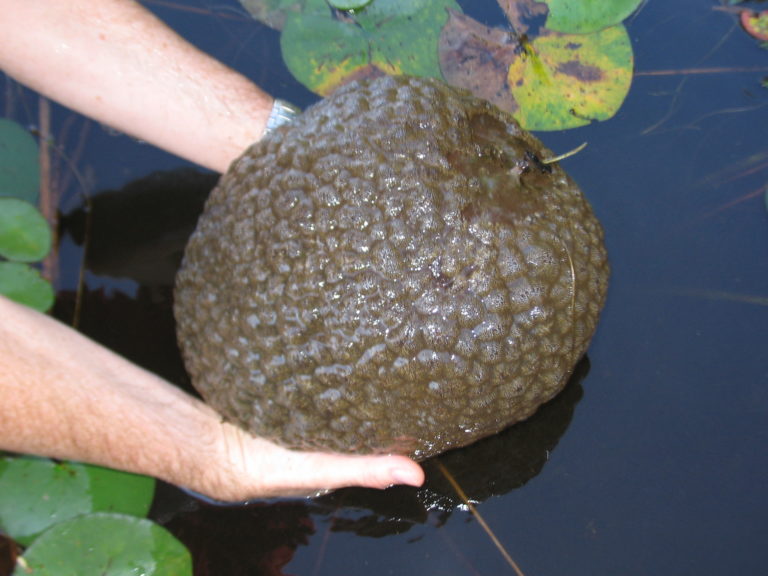
It was indeed a big discovery for the team as catching a single sight of these jelly-like creatures even in their natural habitat is quite rare. And here they managed to spot one when they were expecting the least and at a place which is not even their natural habitat. The biologist called it a great discovery.
A Rare Find
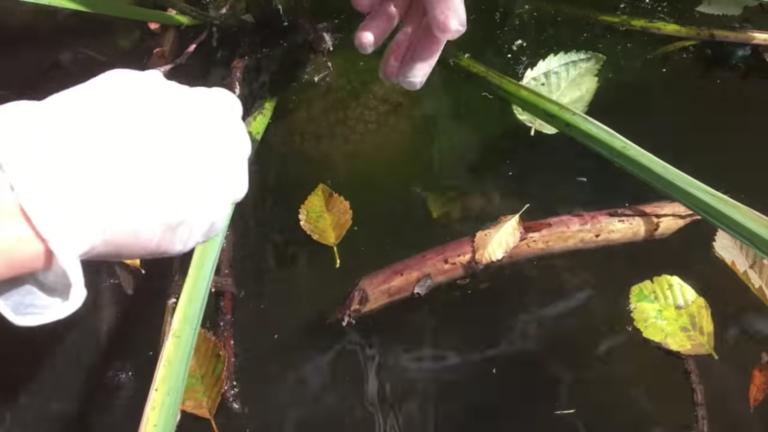
As creatures of these kinds are rarely found, the team soon took out their camera to record it. They knew their discovery was going to cause a ripple in the world of science. They took as many pictures as they could. Due to their color, the creature has the ability to get blend into their natural surroundings.
A Challenge
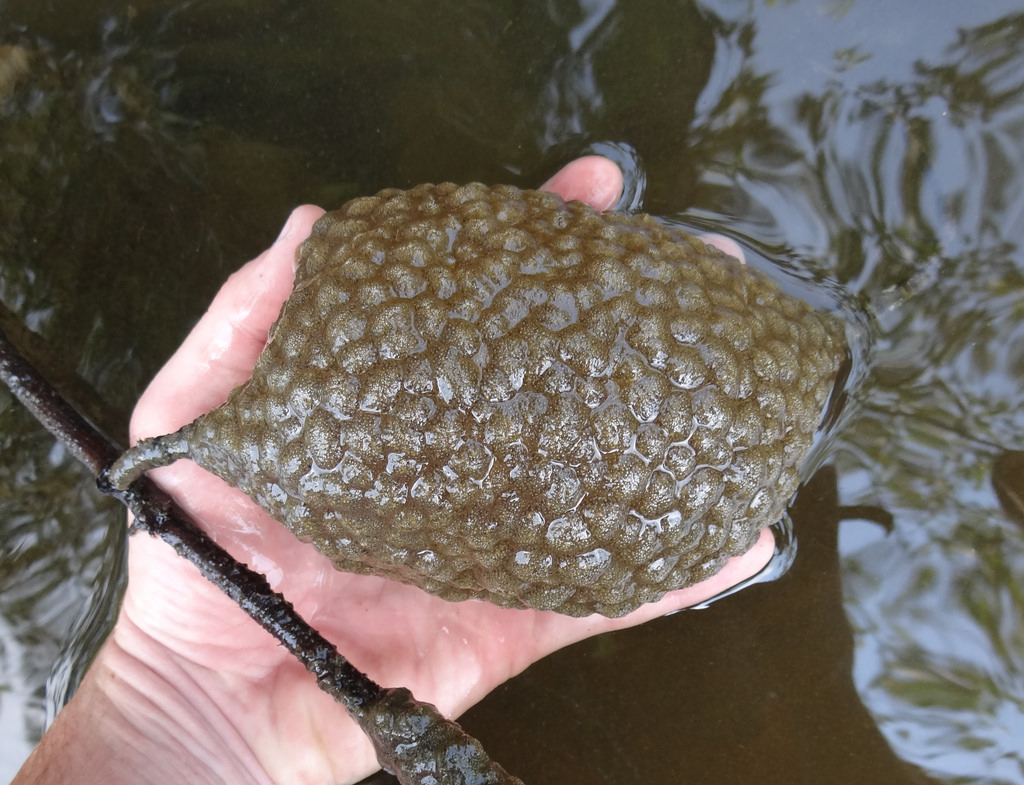
It came up as a challenge for the team. They picked it up and made sure not to put it down as keeping it on the surface would mean losing it forever. They held it in their hand for some time so that they could take the picture of the species.
An Organism Community
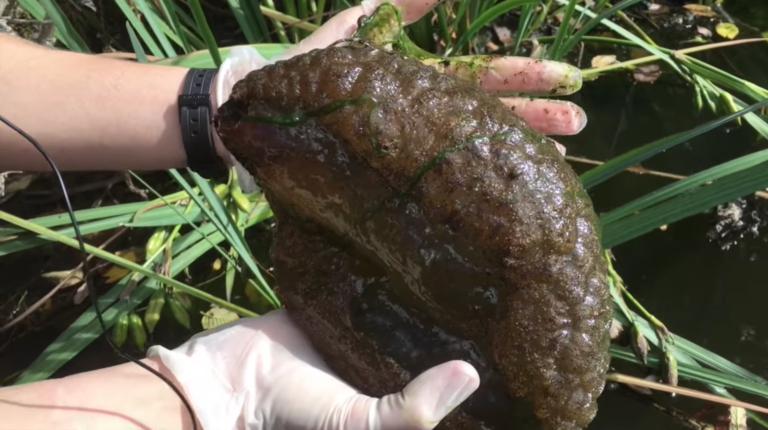
Interestingly, these blobs of goo are not a single organism as it may appear. In fact, it is a collection of organisms that live together clubbed. They are found in the fresh water only. It is called bryozoan.
In The Filtration Pool
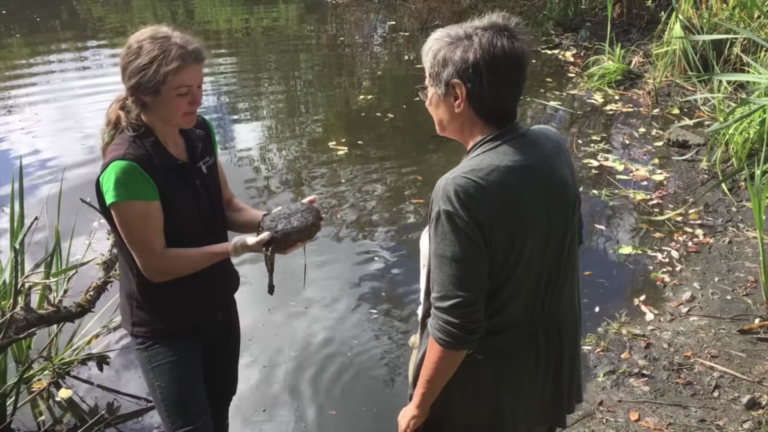
The scientists did not spot bryozoan inside the lagoon but beside the lake. It was sitting in the lake’s filtration system. Perhaps, the creature chose that place because of the fact that the water in the filtration system was stagnant and shallow. They make up a suitable environment for the creature to grow.
The Gelatinous Colony
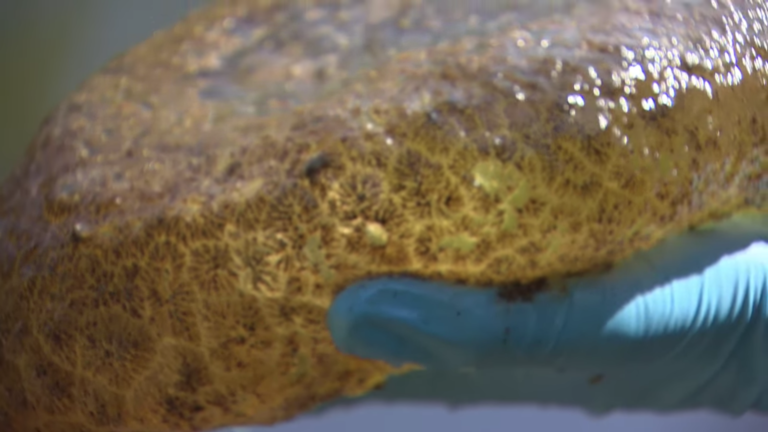
You may think that these goo-like colonies have come into existence a few years ago. But it may surprise you to know that this creature is on the earth for millions of years. The researcher even went on to say that the bryozoan has not undergone a single change. In fact, it has always been this way.
The Perfect Environment
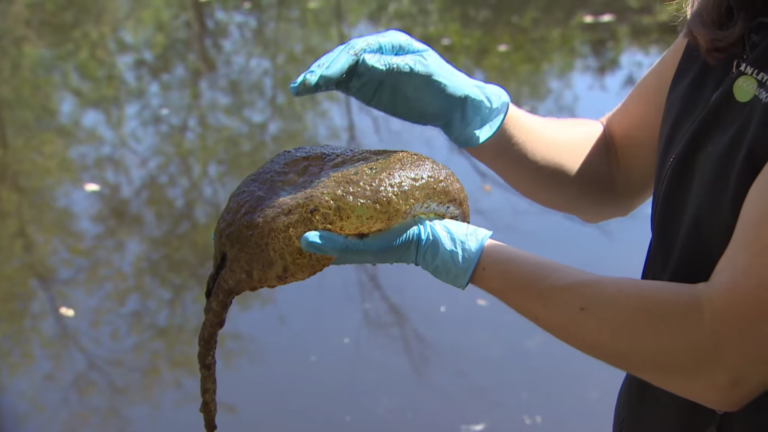
The bryozoan works like a moss. In order to get food, it sweeps the water just the way moss does. They suck in nutrition from the water to stay together that ultimately helps him to stay together. Interestingly, as the organisms get bigger, the colony also grows.
Size
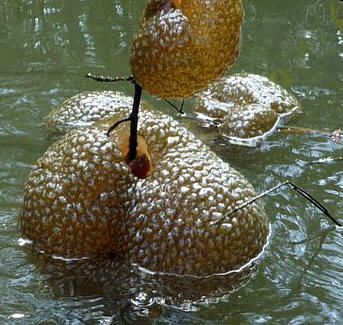
The size of these organisms is not more than 1mm. That is why they prefer staying in the colony as they are not capable of protecting themselves alone. They are so tiny that they can’t be spotted with naked eyes. However, can be seen by aquatic animals.
Filter-Feeders
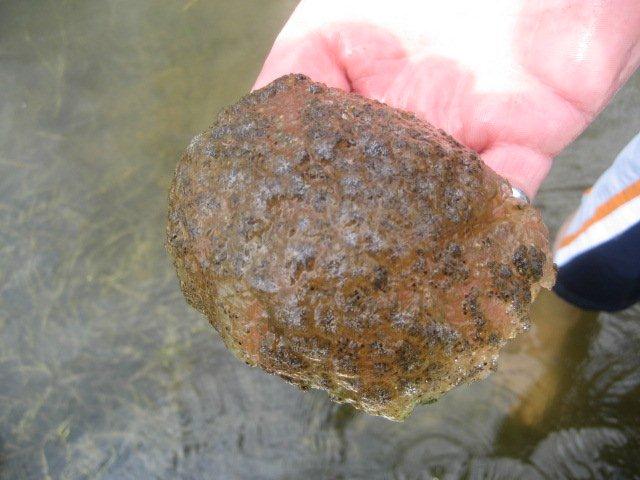
Bryozoa build their own phylum. They are members of superphylum known as Lophophorata. The group involves worm-like and clam-like organisms. Interestingly, all of these creatures are filter-feeders. They take in use of lophophore, tentacles in order to pick food bits.
Zooid
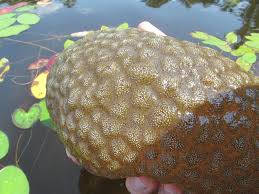
Zooid stays have a hard outer surface that saves it from the outer world. The surface has a hole that enables zooid to stick out its lophophore to get food. Other times, they keep their tentacles under the casing, renowned as zooecium.
Colony People
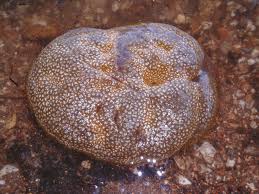
As mentioned above, Zooids live in the colony. But how do they stay together? Well, the zooids stay glued with each other due to the fluid transport system. They communicate with each other with the help of zooecium. They all have a pore to communicate.
It Depends

The bryozoans have different shapes and sizes depending on their species. There are a number of varied species of bryozoans with diverse patterns and shapes. Some of them are extremely beautiful and complicated. And some has an ugly appearance.
A Great Defense Strategy
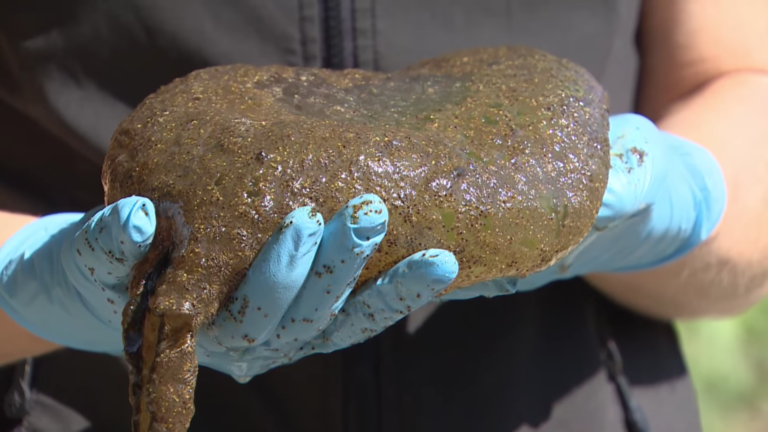
In order to avoid predators, these organisms prefer to stick together. It is one of the prime reasons why they form a community. Thanks to their color, the community easily hides them behind the marshy areas. Hence, are less likely to attract the eyes of predators.
A Large Community
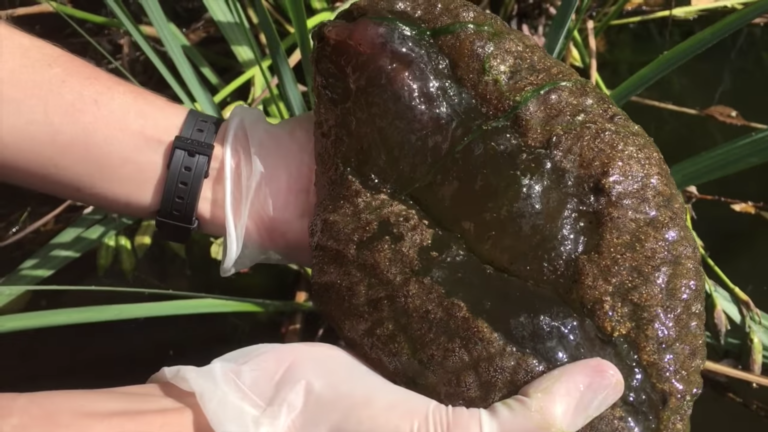
The scientists explained that the reason bryozoan found in such a big amount particularly in the filtration area because the region had no current and the water there is rich in nutrients the organisms consumes. The filtration system does away with the pollutants found in the nearby areas. That is the reason bryozoan managed to survive so long.
The Cold Begins To Seep In

However, just a few months after the discovery was made, the organisms started dying gradually owing to the rising temperature during the fall. Fortunately, they have laid their eggs that would not get hatched until the summer arrives. As soon as the weather warms up, these eggs would break into life.
Still Hopeful
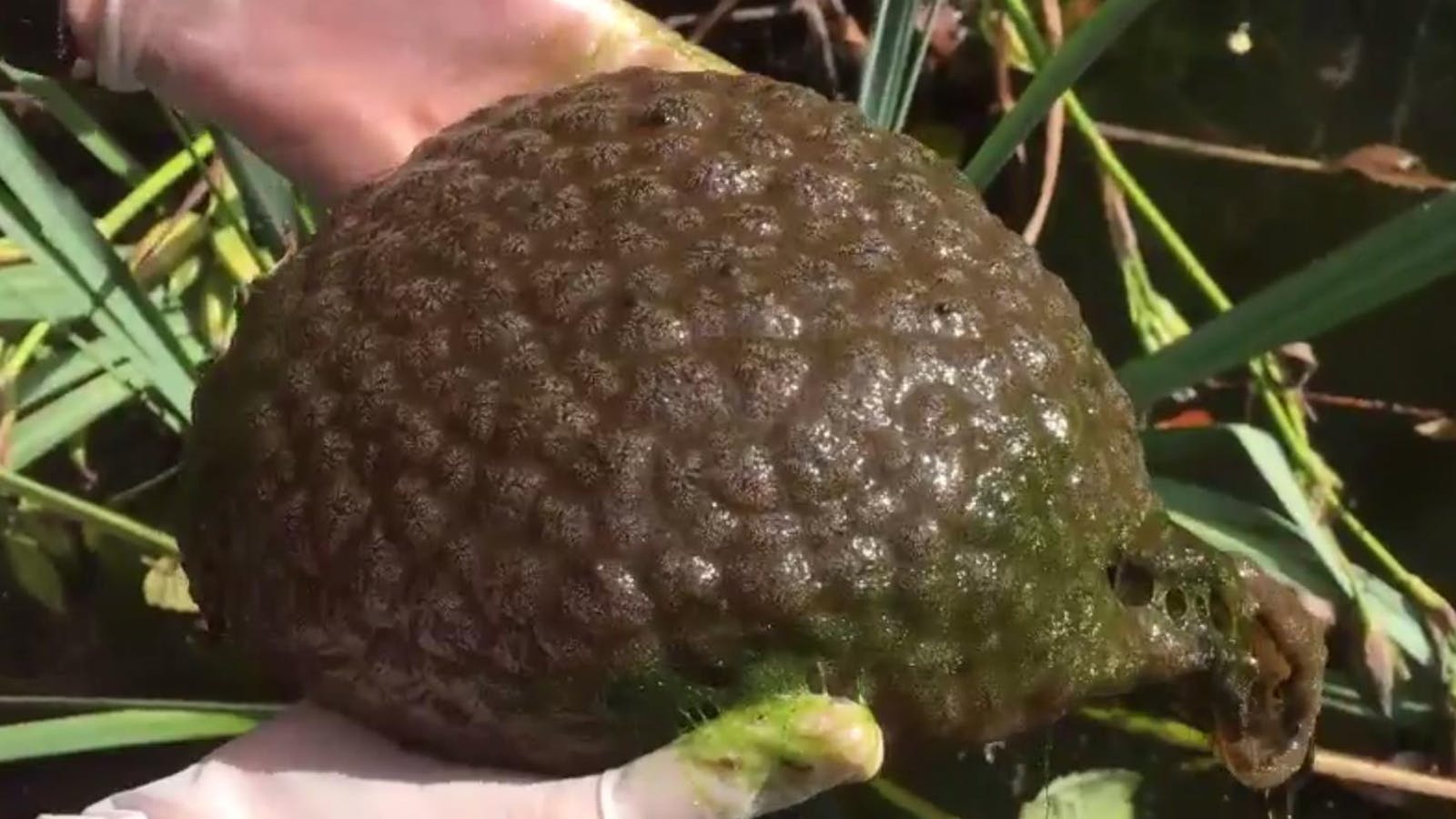
Though the discovery has been made years ago, the Stanley Park Ecological Society is still hopeful of finding another one lurking inside the lake. If you are lucky enough you might be able to find one of these balls of goo by yourself.
Treating Cancer
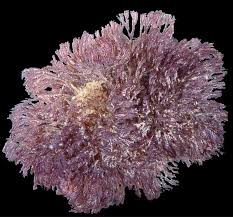
One species of Bryozoan is emerging as an important subject of research for the medical scientists. The species named Bugula neritina has a symbiotic relationship with a special bacteria that happens to secrete bryostatins that can prove instrumental in the treatment of cancer.
Could Be The Thing

According to medical researchers, if they would succeed in cloning these bacteria’s some of the genes, they would get a step closer to the treatment of cancer. By cloning the genes, they ould be able to make bryostatin in an adequate amount to generate drugs helpful for treating cancer.
Thriving Canadian Wildlife
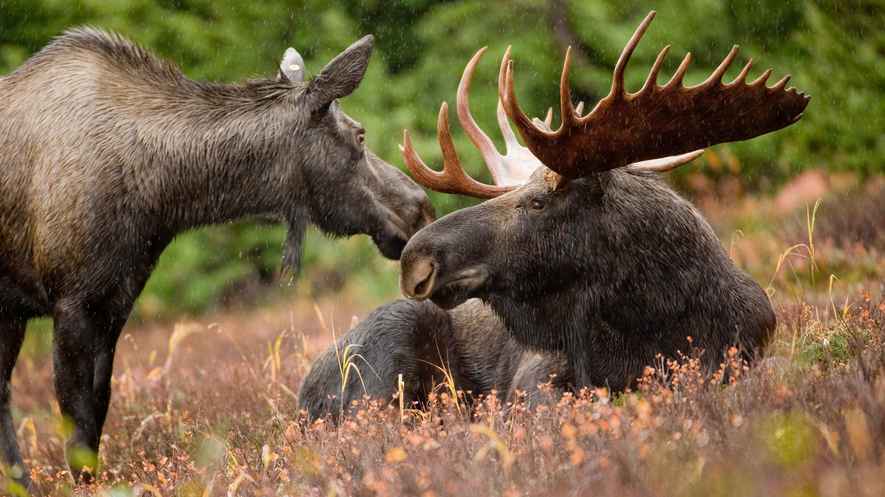
Canada is quite rich when it comes to wildlife. The country has different types of animals dwelling on its surface and landscapes. It may interest you to know that the country houses more than 70,000 species of fauna and flora in 20 ecological zones.
Low Population Density
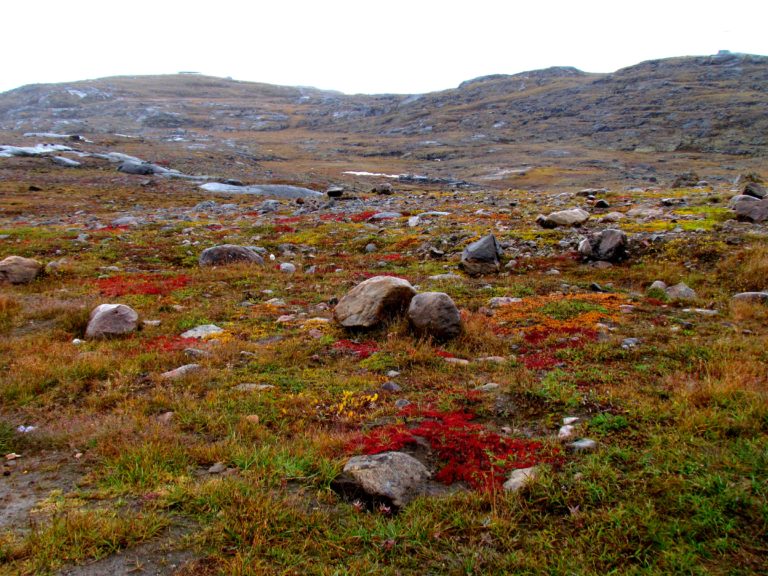
Along with that, Canada is not highly populated. To put it clearly, the country extends up to over four million square miles and has a population of 35 million only. Which means every square mile consists of 10 people only. The population is highly low in comparison to its area.








No comments: